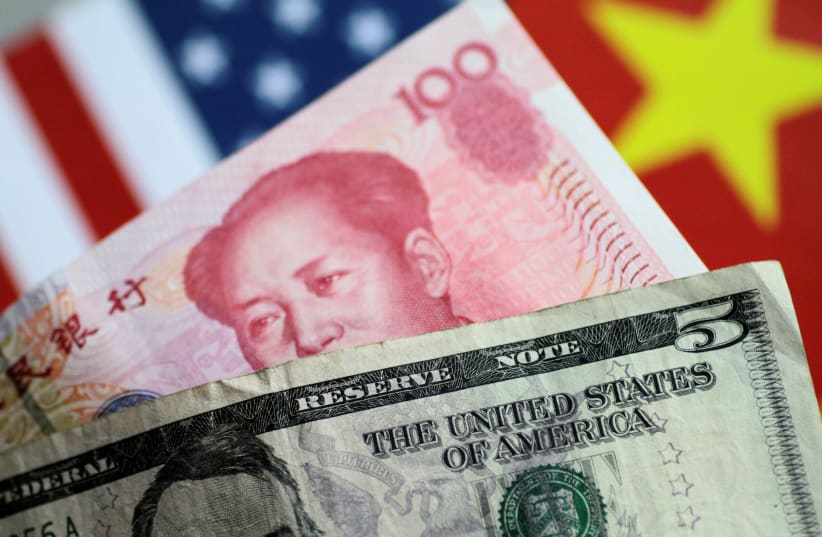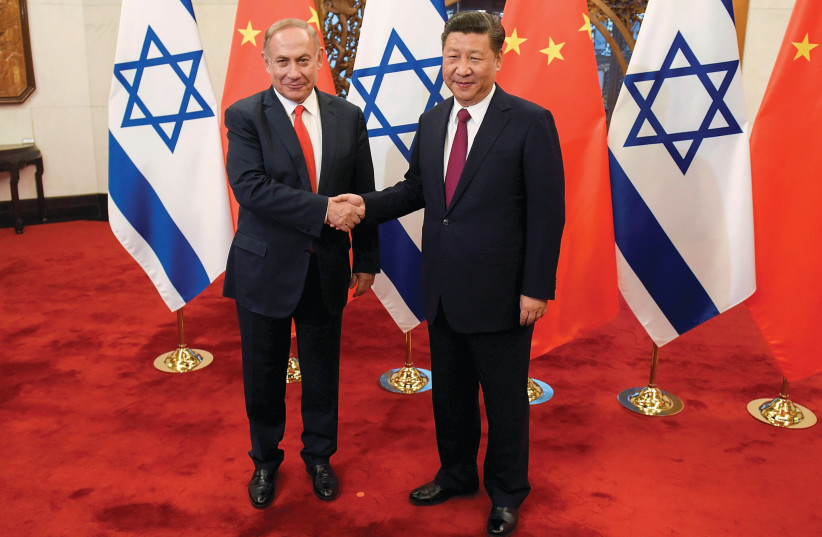The Bank of Israel has added four new currencies, including the Chinese yuan, or renminbi, to its holdings for the first time in the country’s history, Bloomberg reported last week. The central bank will also trim US dollar and euro holdings in a bid to diversify its foreign reserves, the report said.
Israel’s foreign-currency reserves, which last year exceeded $200 billion for the first time, have traditionally been made up of dollars, euros and British pounds. Israel will now include Canadian dollars and Australian dollars in its foreign-currency reserves, as well as the Japanese yen and the Chinese renminbi.
The reshuffle was a change in Israel’s “whole investment guidelines and philosophy,” Bank of Israel Deputy Governor Andrew Abir said, adding that the rise in Israel’s foreign-exchange reserves forced the central bank to consider “the need to earn a return on the reserves that will cover the costs of liability.”
The central bank, which as recently as 2020 held 67.4% of its foreign exchange in US dollars, 30.1% in euros and 2.5% in British pounds, now plans to have the pound and yen account for 5% each. The yuan will account for 2% of its holdings, while the currencies of Canada and Australia will each be 3.5%.
A reduction in US dollar and euro holdings is planned to make room for the new reserves being held. US dollar holdings will go from 66.5% in 2021 to 61%, down about 8.3%, while euro holdings will be reduced from 30.8% to 20%, down 35%.
Chinese Yuan and "De-Dollarization"
China has pushed for a larger role in the foreign-exchange sphere for the renminbi with limited success. International Monetary Fund data shows that the renminbi’s share of global currency reserves rose to a record 2.79% by the end of 2021. However, efforts to expand renminbi holdings have been met with criticism of the Chinese government’s tight regulation, limits on exchange and accusations of currency devaluation.
Amid a barrage of sanctions placed on Russia to cripple its economy over its invasion of Ukraine, numerous countries have grown weary of the risks involved with a US dollar-based global economy in what is being called a potential “de-dollarization” – potentially forging a path for the yuan to grow in international importance.
Japan, South Korea and Singapore imposed sanctions on Russia, but the Philippines, a US treaty ally, decided in March to proceed with its purchase of 17 Russian military transport helicopters worth $249 million.
While China has faced criticism for not formally condemning Russia’s invasion of Ukraine nor imposing sanctions, prominent countries such as India, a major US ally, have declined to formally condemn the invasion or impose sanctions on Russia.
India, Russia’s largest military trading partner, has said it would set up a rupee-ruble exchange mechanism to settle Russian arms sales to India to avoid sanctions under Countering America’s Adversaries Through Sanctions Act.
China, which developed its own alternative to the SWIFT banking system in 2015, was exploring a joint alternative to SWIFT with Russia and India as early as 2019, according to The Economic Times, an Indian English-language, business-focused daily newspaper. Russian banks were disconnected from SWIFT shortly after Russia’s invasion in late February.


